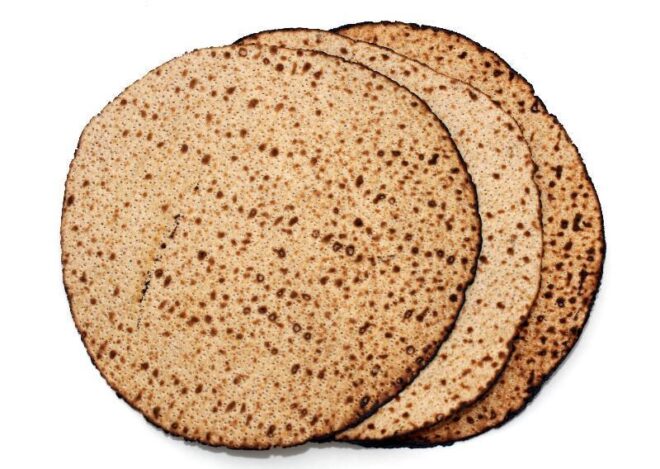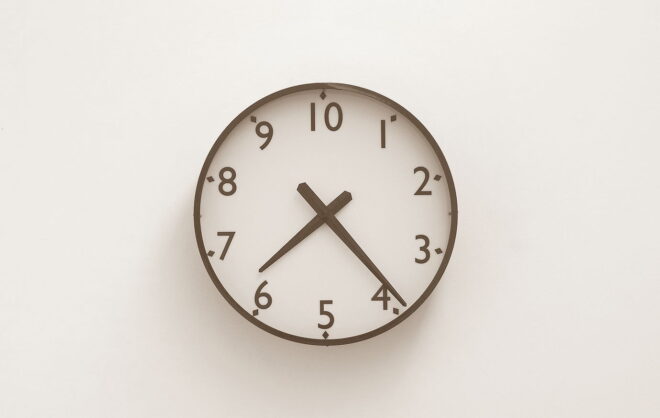 While overly broad ZIP code based zmanim geolocation can be an issue in calculating zmanim accurately, going overboard in geolocation precision and accuracy for zmanim is a (harmless) waste of time.
While overly broad ZIP code based zmanim geolocation can be an issue in calculating zmanim accurately, going overboard in geolocation precision and accuracy for zmanim is a (harmless) waste of time.
Let’s start with the basics. Asking what the zmanim are for the USA is too broad of a location. Narrowing it down to a state is also too broad since zmanim at one side of the state are likely to be different than the other side. How small (or precise) does an area have to be for the zmanim calculated to be considered accurate? The location of zmanim are calculated based on degrees of longitude (east to west) and latitude (north to south).
The earth’s circumference at the equator is about 40,000 km (about 25,000 mi). There are 360 degrees of longitude around the world (The 0° line is centered on the Royal Greenwich Observatory in England, and longitude lines extend 180° to the west and -180° to the east). For simplicity we will deal with longitude degrees at the equator. If we divide the earth’s circumference by 360°, each degree of longitude will be 111 km (69 mi) apart. The sun’s path travels 1° of longitude in 4 minutes, so calculating zmanim with one degree accuracy (no decimal points such as the latitude of 40° and longitude of -74° for Lakewood, NJ, a point in the Atlantic about 3 mi off the coast of Toms River, NJ) results in zmanim accurate to 4 minutes in each direction or an 8 minute spread, not quite accurate enough to rely on. Moving to one decimal point will pinpoint the location for zmanim calculation to an accuracy of 11 km or 48 second accuracy. That is close to being accurate enough, especially given the inaccuracy of solar time calculations resulting from hard to predict refraction caused by varying atmospheric conditions. However, this should be avoided. Adding a second decimal point (such as the latitude of 40.09° and longitude of -74.22° for Lakewood, NJ – a spot at the edge of Lake Carasaljo in Lakewood) would have a precision of about 4 seconds, more than enough accuracy for zmanim.
A concrete example of how zmanim differ from place to place in a small area would be the difference between Beth Medrash Govoha (BMG) and the Westgate Bais Medrash in Lakewood. They are 2.7 km (1.69 mi) or a drop more than 0.01° apart and calculations show that there is about a 6 second difference in sunrise and sunset times between these two locations.
From time to time I am contacted by developers with zmanim related technical questions. Debugging their issues often requires information on the latitude and longitude that they are using to try and replicate the issue. Often the latitude and longitude are sent with multiple decimal points. The most extreme was 14 decimal points. To understand the ridiculousness of this level of precision, see the table below. To read more on the subject, see the Stack Exchange page Measuring accuracy of latitude and longitude? and the xkcd cartoon on the subject.
| Decimal places | Degrees | Distance | Notes |
|---|---|---|---|
| 0 | 1 | 111 km | A state or small country |
| 1 | 0.1 | 11.1 km | City |
| 2 | 0.01 | 1.11 km | Neighborhood |
| 3 | 0.001 | 111 m | A specific cul-de-sac |
| 4 | 0.0001 | 11 m | A corner of a house |
| 5 | 0.00001 | 1.1 m | A person in a room |
| 6 | 0.000001 | 11 cm | A small siddur |
| 7 | 0.0000001 | 1 cm | The size of Waldo on a page |
| 8 | 0.00000001 | 1 mm | A grain of sand |
| 9 | 0.000000001 | 111 μm | The width of a hair |
| 10 | 0.0000000001 | 11 μm | A grain of pollen |
| 11 | 0.00000000001 | 1 μm | A smoke particle |
| 12 | 0.000000000001 | 111 nm | The width of a COVID virus |
| 13 | 0.0000000000001 | 11 nm | A red blood cell |
| 14 | 0.00000000000001 | 1 nm | The length your nails grow every second |
| 15 | 0.000000000000001 | 100 pm | An atom. If you need this precision, you probably belong in Lawrence Livermore |



